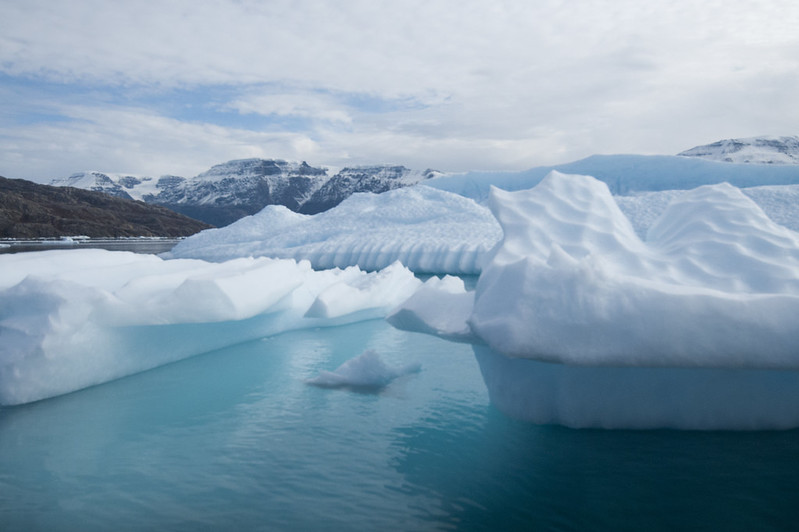Excerpt:
On November 7, the International Cryosphere Climate Initiative released its annual State of the Cryosphere Report at the international climate meeting, COP27, in Sharm-el-Sheikh, Egypt. This report presents troubling news of present and projected impacts on the world’s ice—which is of great importance to human society and ecosystems—but offers hope that future harms can be limited by rapid and sharp reductions in greenhouse gas emissions.
Last year at COP26, the first-ever State of the Cryosphere Report relayed the numerous threats that increasing emissions pose to the cryosphere, including what it termed “unstoppable rates of global sea-level rise.” Unfortunately, this year’s State of the Cryosphere Report has even more dire news, as reflected in its title, “Growing Losses, Global Impacts.” The report projects that total loss of Arctic summer sea ice in some years is now “inevitable.” And the arrival of this unprecedented condition is not remote—even with very low emissions, years where all of the Arctic’s summer sea ice disappears are likely to occur before 2050.









